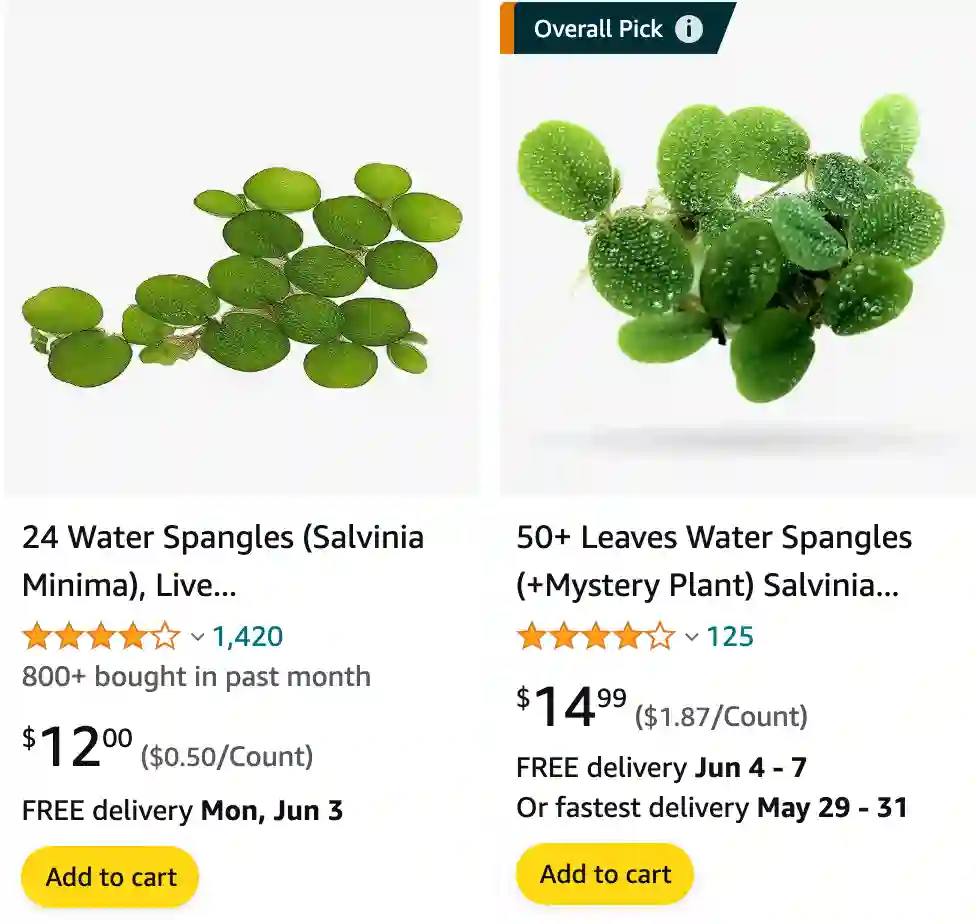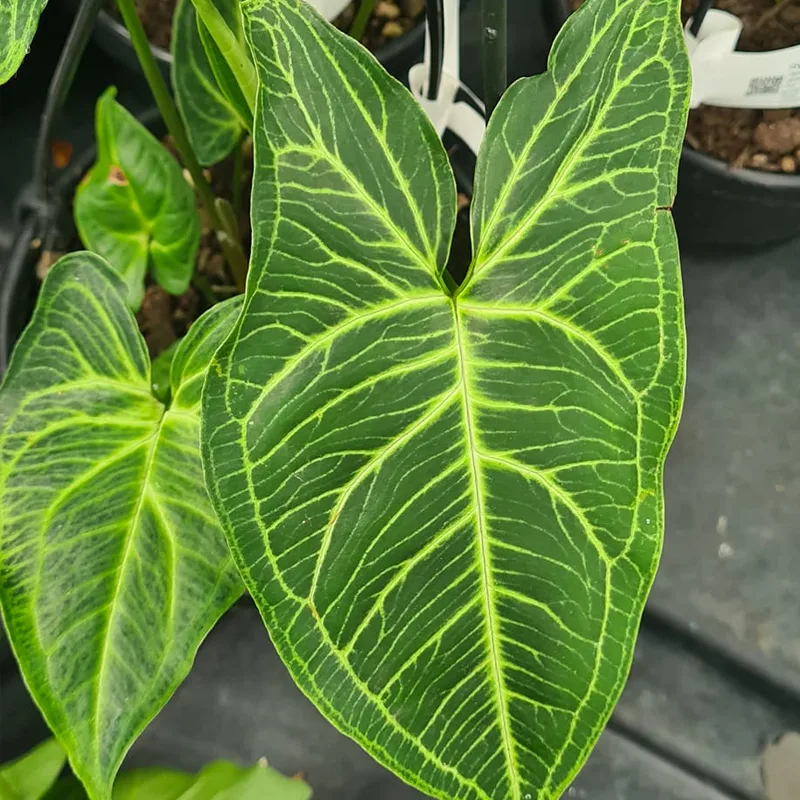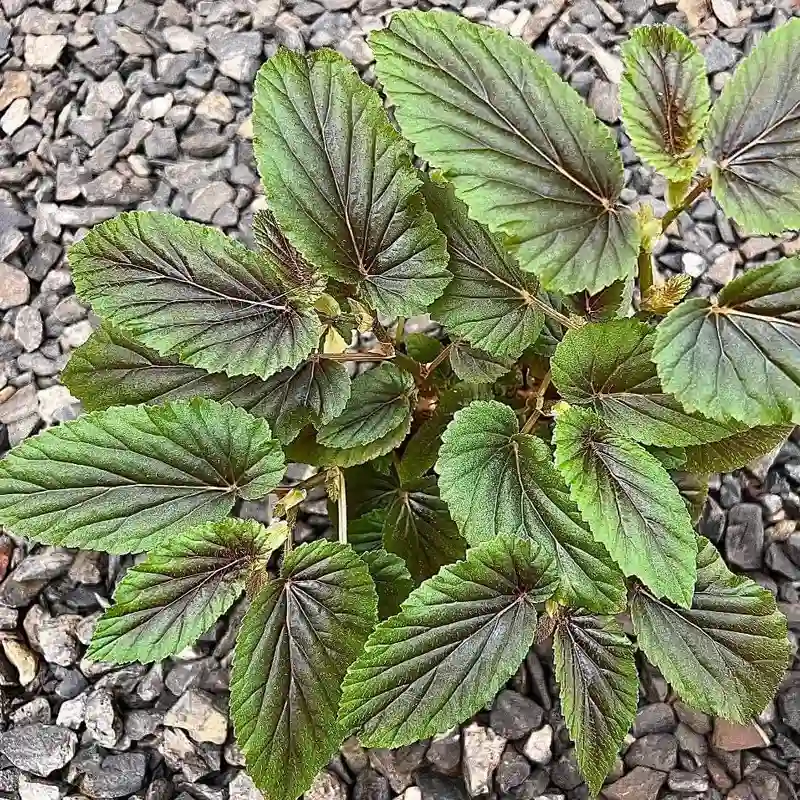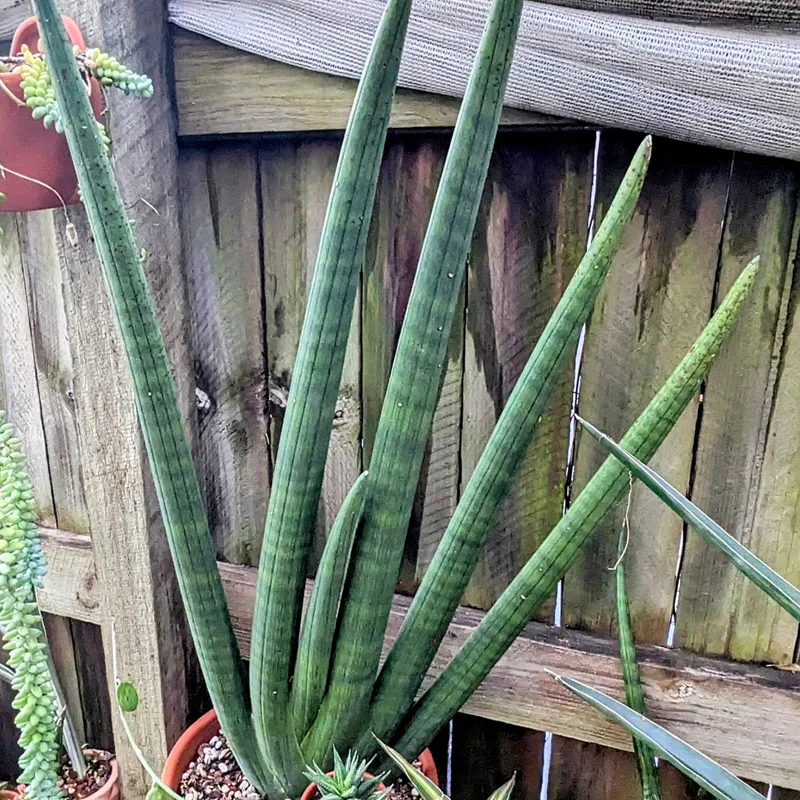
How to grow Salvinia Minima?
Salvinia minima, commonly known as water spangles or water fern, is a small, free-floating aquatic fern that is easy to grow and care for. Here are the steps to grow Salvinia minima:
13 Species in Genus Salvinia
1. Water Quality:
- Clean, Freshwater: Salvinia minima thrives in clean, freshwater. Use dechlorinated water if you are using tap water. This plant is sensitive to high levels of pollutants and chemicals.
2. Light:
- Moderate to Bright Light: Place Salvinia minima in an area where it receives moderate to bright indirect light. It can tolerate low light conditions, but growth will be slower. Avoid direct sunlight, which can cause the water to overheat and harm the plant.
3. Temperature:
- Warm Water: Maintain a water temperature between 68°F to 82°F (20°C to 28°C). Salvinia minima prefers warm water and can be sensitive to temperatures below 50°F (10°C).
4. Water Movement:
- Still or Slow-Moving Water: This plant grows best in still or slow-moving water. Avoid placing it in areas with strong currents or high water agitation, as this can damage the delicate fronds.
5. Nutrients:
- Nutrient-Rich Environment: Salvinia minima benefits from a nutrient-rich environment. If your water is nutrient-poor, consider adding a liquid aquatic plant fertilizer according to the manufacturer’s instructions. Be careful not to over-fertilize, which can lead to algae growth.
6. Spacing:
- Adequate Space: Give the plants enough space to float and spread out. Overcrowding can lead to poor air circulation and stunted growth. If the plants become too dense, thin them out to maintain optimal growing conditions.
7. Maintenance:
- Regular Maintenance: Regularly remove any dead or decaying plant material to keep the water clean and prevent the buildup of organic matter, which can lead to poor water quality.
8. Container and Setup:
- Suitable Container: You can grow Salvinia minima in a variety of containers, such as ponds, aquariums, or water gardens. Ensure the container is large enough to allow for growth and expansion.
9. Winter Care:
- Indoor Growing in Winter: In colder climates, bring Salvinia minima indoors during the winter. Place it in an aquarium or a large container with appropriate lighting and water conditions to keep it growing through the colder months.
10. Propagation:
- Easy Propagation: Salvinia minima propagates rapidly by division. The plant naturally divides and spreads by producing new daughter plants. Simply separate the new plants from the parent plant and place them in the desired location.
How fast does Salvinia Minima grow?
Salvinia Minima grows incredibly fast. In my experience, once it gets established, it can double in size every few days under optimal conditions. I often find myself thinning it out regularly to prevent it from taking over the entire surface of my pond. It’s really fascinating to see how quickly it spreads, almost like it’s in a race to cover every inch of water it can find.
Is Salvinia Minima easy to remove from aquarium?
Removing Salvinia Minima from my aquarium can be quite a task. Because it grows so quickly and densely, I often need to scoop it out by hand, using a fine mesh net. Even after I think I’ve gotten most of it, a few small pieces usually remain and start the cycle all over again. It’s definitely a plant that requires consistent maintenance to keep under control, especially in smaller, contained environments like an aquarium.
Is Salvinia Minima edible?
I’ve heard mixed things about whether Salvinia Minima is edible, but I’ve personally never tried eating it. From what I understand, it’s not commonly consumed by humans and might not be particularly tasty or nutritious. Some sources suggest it’s more suitable for use in animal feed or composting due to its rapid growth and biomass production. So, while it might technically be edible, it’s not something I’d consider adding to my diet.
Salvinia Minima vs Duckweed
Since I first started exploring floating plants for my aquarium, Salvinia Minima stood out for its cute, miniature size that adds a delicate touch to the water surface. Compared to Duckweed, it’s easier to control and doesn’t overwhelm the tank as quickly, which makes maintenance less of a hassle.
Salvinia Minima vs Frogbit
When choosing between Salvinia Minima and Frogbit, I found myself leaning towards Frogbit initially due to its larger leaves and charming appearance. However, Salvinia Minima won me over with its resilience and ability to thrive in various water conditions without overshadowing other plants.
Salvinia Minima vs Auriculata
Salvinia Minima and Auriculata presented a tougher decision because both have similar growth habits. I ended up preferring Salvinia Minima for its compact size and ease of propagation, which kept my tank looking tidy and balanced.
Salvinia Minima vs Molesta
Comparing Salvinia Minima with Molesta, the latter’s rapid growth and invasive nature made Salvinia Minima a clear winner for me. Its slower growth rate and manageable spread meant less frequent trimming and more time to enjoy my aquascape without worrying about aggressive takeover.
Salvinia Minima vs Natans
Salvinia Minima vs Natans highlighted Salvinia Natans‘s larger size and more intricate leaf structure, which appealed aesthetically. However, Salvinia Minima‘s simplicity and adaptability to different lighting and water conditions made it a practical choice for maintaining a stable aquatic environment.
If i die, water my plants!



